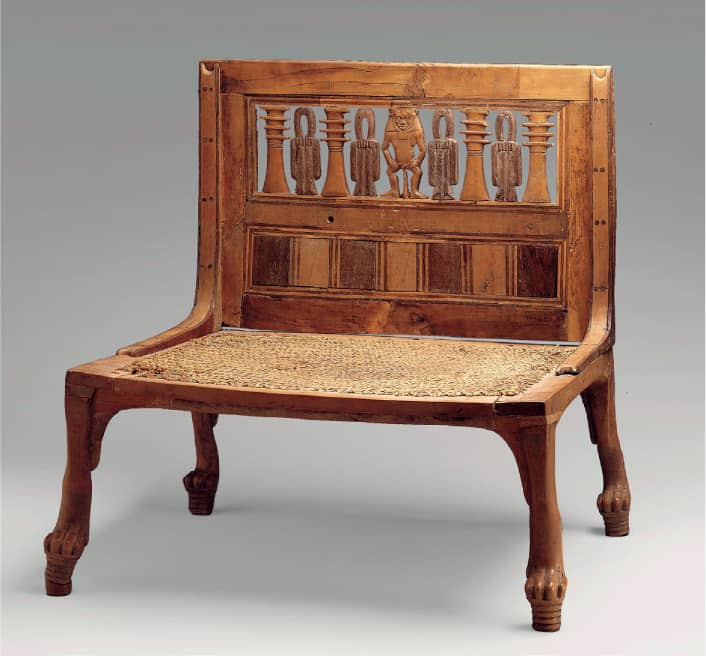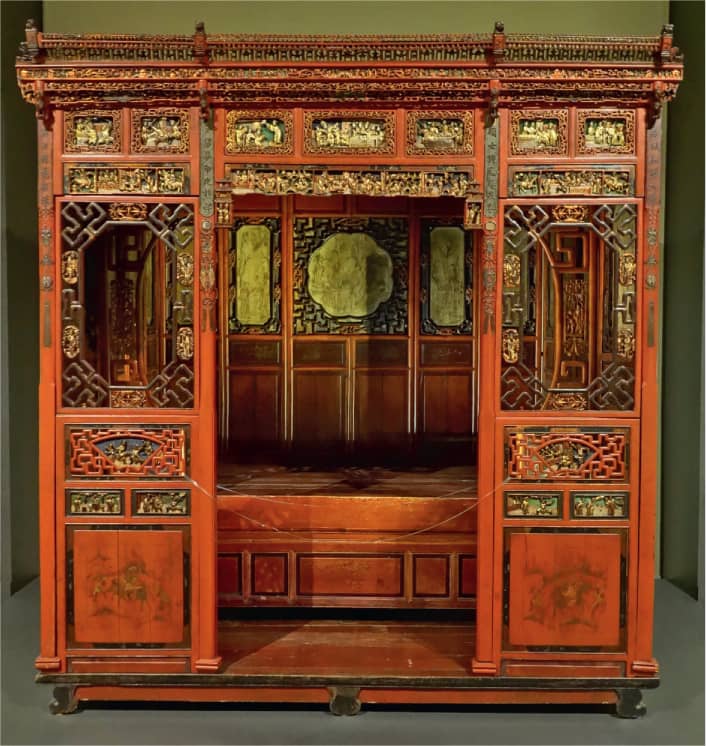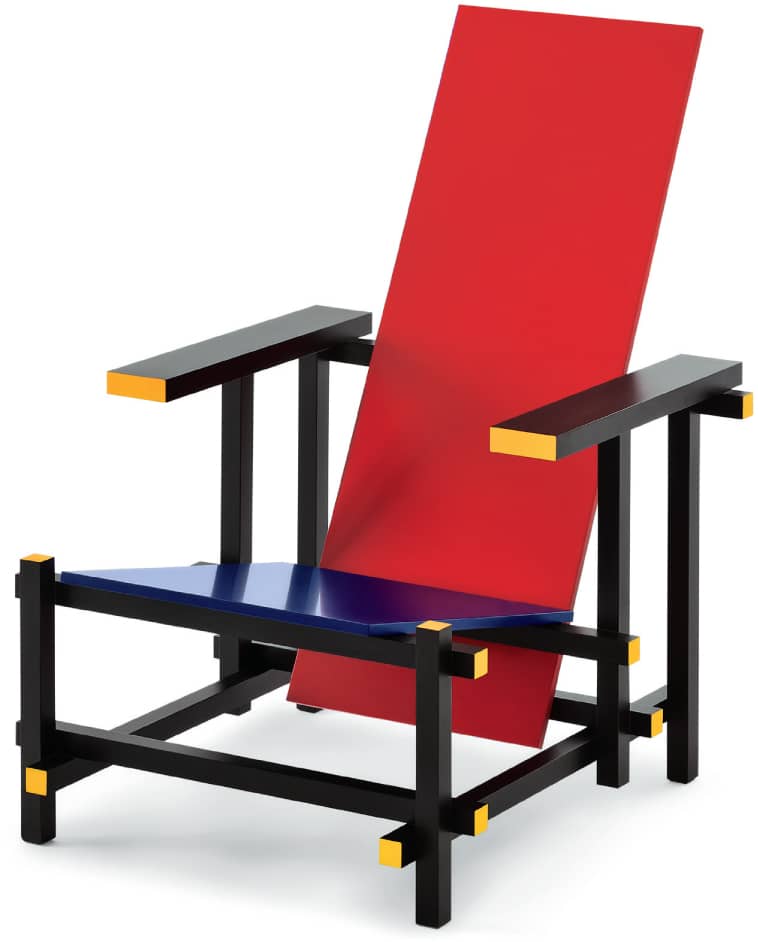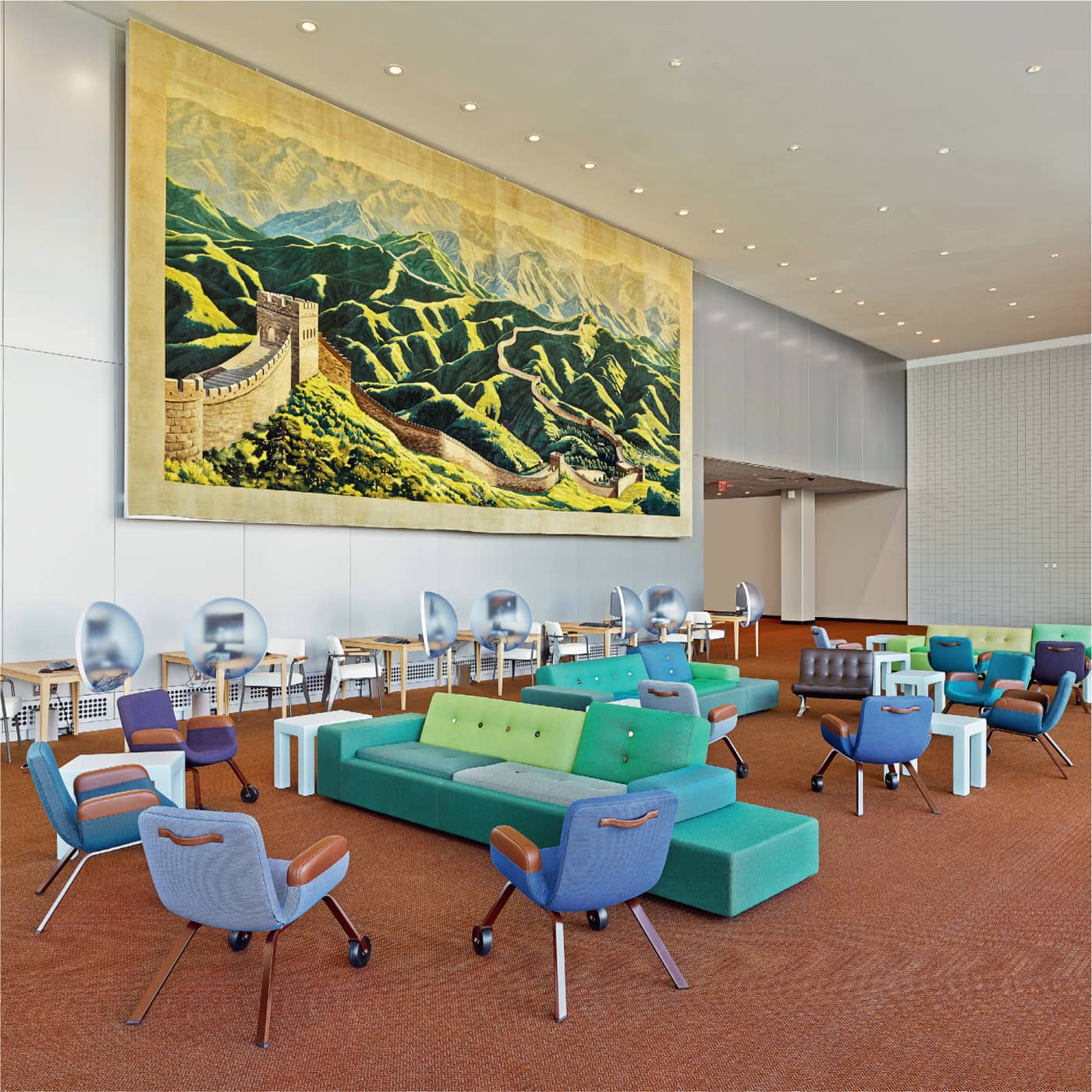36 Furniture
The movable elements in a design that provide functional support.
Knowledge of the history of furniture and exemplary examples of furnishings is foundational in an interior designer’s toolkit. The most pedantic definition of a piece of furniture is that it is something that supports human activities that take place in an interior.
Although seating, tables, beds, cabinetry, and other items for storage can be considered from a purely functional perspective, furniture also has an aesthetic and decorative function is what makes the choice of elements one of the most consequential decisions in a project. Items can be chosen to fulfill an appropriate need in a project, or to be used as a signature element that is meant to elicit a sense of delight that would make a user pause and take notice.
From the earliest examples from Egypt, Greece, and Rome, or the traditions of Indian, Chinese, or Japanese craft, furniture has also served to symbolize position and importance. In particular, the chair has symbolized authority (e.g., the seat of power, sit at the head of the table). Other decorative and applied elements are used as narrative devices to signify the importance of history and position.
In the twentieth century, furniture became a device for radical functionalism, material exploration, and whimsical and colorful forms. From the early experimentation of the Bauhaus, the postwar use of plywood by Charles and Ray Eames, the foundation of the commercial furniture market with companies like Steelcase and Herman Miller, the emergence of the Italian design and architecture group Memphis, and the development of flat-pack and IKEA, to the major fairs around the world dedicated to them, our need to express ourselves through furniture continues to evolve.

A Chinese canopy bed from the late nineteenth or early twentieth century.

An Egyptian chair from 1492–1473 CE.

A house with shelves from 3180–2500 CE. found in Scotland.

Gerrit Rietveld’s Red and Blue Chair, 1917.

Several other pieces by Hella Jongerius, including the custom designed East River Chair (2014) furnish the United Nations North Delegates’ lounge.

Charles Eames, Leg Splint, designed 1941–1942.
